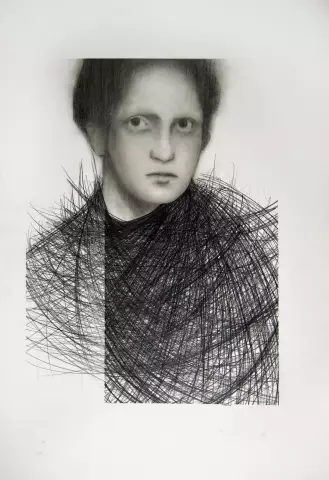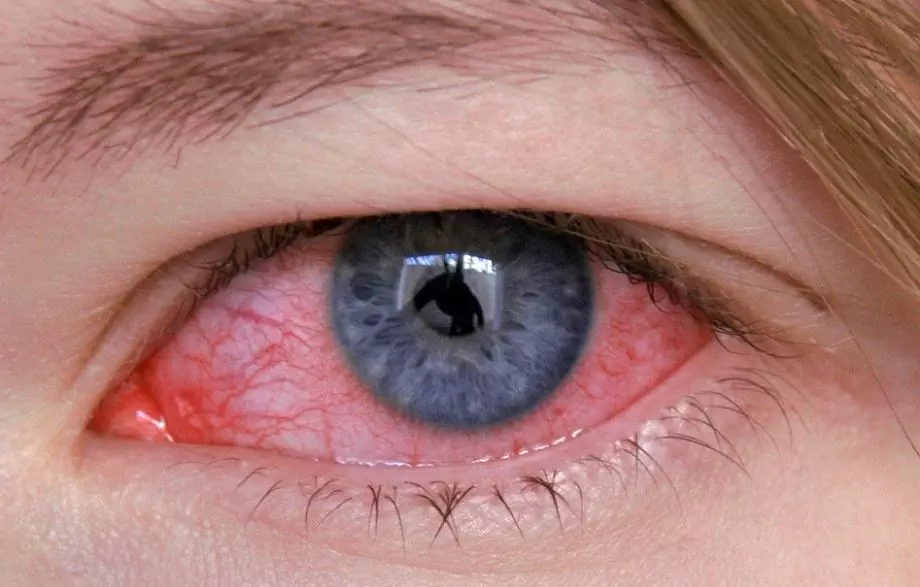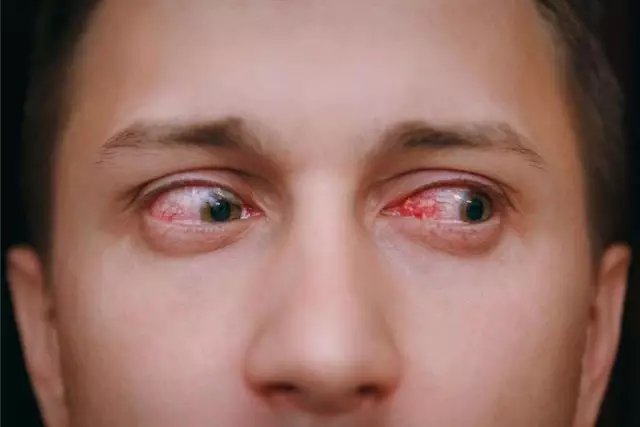- Author Rachel Wainwright [email protected].
- Public 2023-12-15 07:39.
- Last modified 2025-11-02 20:14.
Narcolepsy

Narcolepsy is an unusual, mysterious condition of the human body characterized by sudden bouts of sleepiness. Women suffer from this disease much less often than men (ratio 1: 6). Attacks of drowsiness can lead to sudden falling asleep and to an instant loss of muscle tone. In narcolepsy, the person experiences a feeling of fatigue and constant sleepiness, which persist for any length of sleep. Unrecognized and uncontrolled narcolepsy can have an extremely negative impact on a person's quality of life. Recent advances in pharmacology, medicine and technology have helped doctors diagnose and treat this disease. With appropriate treatment, patients with this condition lead an almost normal life.
Narcolepsy causes
The exact cause of narcolepsy is still not clear, but there are suggestions that this disease develops as a result of damage to the part of the brain that controls the process of wakefulness and sleep. Psychological and psychiatric problems are not the cause of narcolepsy. This disease can manifest itself after severe overwork, experienced strong emotions or a skull injury, after an infectious disease. The development of narcolepsy is sometimes associated with a hereditary predisposition, dysfunction of the endocrine glands. Sometimes, sudden bouts of sleepiness only appear during pregnancy.
Scientists have carried out a number of studies and concluded that narcolepsy develops when the number of cells in the regulatory areas of the brain decreases. Some scientists believe that the development of narcolepsy is associated with a gene responsible for the synthesis of hypocretin, a brain chemical. In narcolepsy, the level of hypocretin is significantly reduced. The combination of factors of personal life with gene disorders can lead to the development of the disease. Later, works appeared that showed the connection of the disease with certain disorders of the immune system.
Narcolepsy symptoms
The most disturbing symptom of narcolepsy is excessive sleepiness. Falling asleep with this disease is usually repeated several times a day. Before suddenly falling asleep, speech gradually slows down, and then the head falls and consciousness turns off. A short period of sleep is replaced by a short period of a surge of strength and vigor. Narcolepsy develops against a background of chronic fatigue, blurred consciousness, decreased concentration, memory impairment, double vision, headaches, and involuntary muscle twitching. Familiar movements are performed automatically, without realizing what is happening.
Narcolepsy can be accompanied by sudden muscle weakness (catalepsy), hallucinations, or sleep paralysis. A cataleptic attack usually precedes sudden falling asleep. With hallucinations, the patient sees unusual visions in reality, hears strange sounds. This symptom of narcolepsy can be accompanied by anxiety.
Sleep paralysis is characterized by the onset of immobility during falling asleep or waking up with preserved consciousness. Usually, signs of paralysis disappear when the patient is touched. Narcolepsy symptoms can appear immediately or develop gradually over many years.
Diagnosis and treatment of narcolepsy

In case of narcolepsy, the attending physician evaluates the patient's condition at the reception to rule out other diseases.
In the sleep laboratory, a specialist examines the patient's medical history and performs a comprehensive physical examination. The two most important tests performed are polysomnography and the multiple latency test (MSLT).
For the polysomnography test, the patient stays overnight in an individual room. Small electrodes are attached to the skin with a jelly-like, adhesive substance. Electrodes record muscle activity, heart rate, eye movements and brain waves of the patient. This test allows you to determine if there are other disorders that may be causing the patient's symptoms.
The MSLT test is done the next day. The patient is asked to sleep with the electrodes for twenty minutes during 4-5 attempts at intervals of two to three hours.
Two tests help determine if a patient's symptoms are caused by narcolepsy or another medical condition with the same symptoms.
Narcolepsy is not curable at this time. Its symptoms can be controlled or alleviated so that patients with the disease experience fewer symptoms and can maintain a completely normal lifestyle.
A treatment plan for narcolepsy usually consists of several parts - prescribing drugs, behavioral therapy, and organizing certain events. Medicines prescribed by your doctor can help control hallucinations, catalepsy, excessive sleepiness, and other sleep disorders.
To effectively treat narcolepsy, it is very important to maintain a regular wake / sleep routine. It is necessary to go to bed and wake up every day at the same time. You should also not neglect short, regular episodes of naps.
YouTube video related to the article:
The information is generalized and provided for informational purposes only. At the first sign of illness, see your doctor. Self-medication is hazardous to health!






